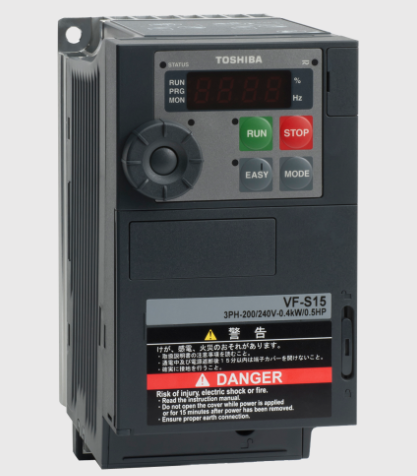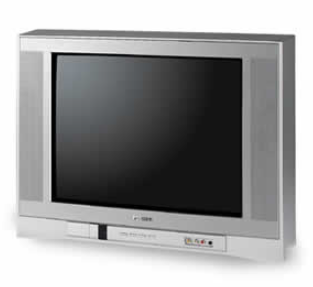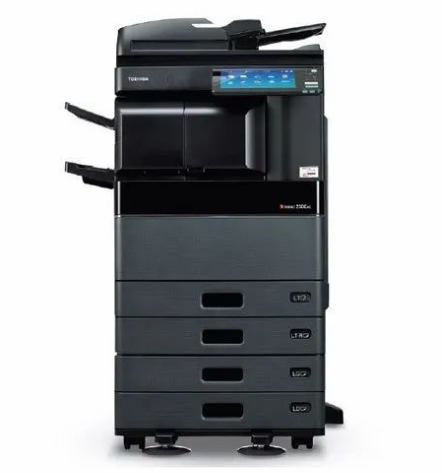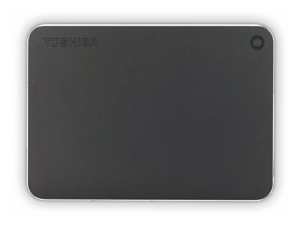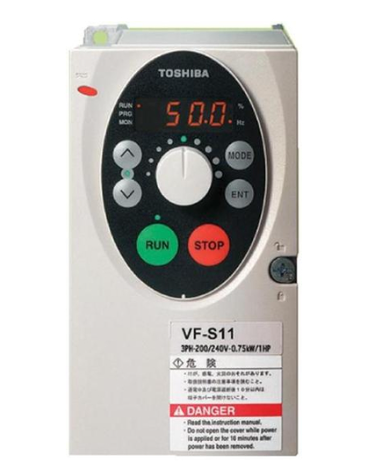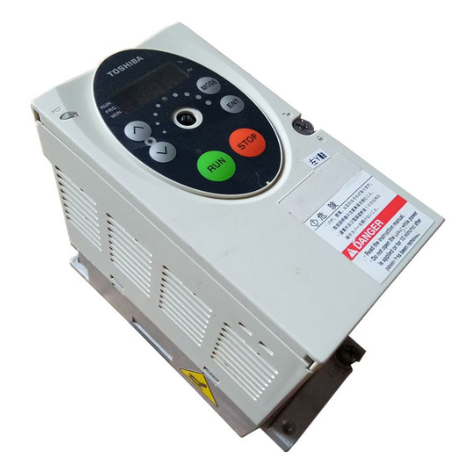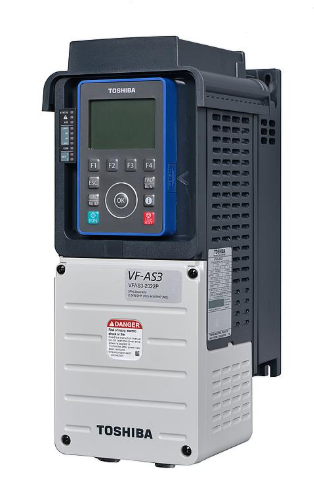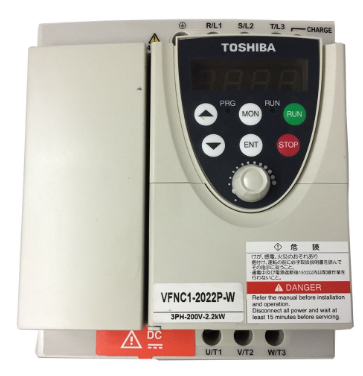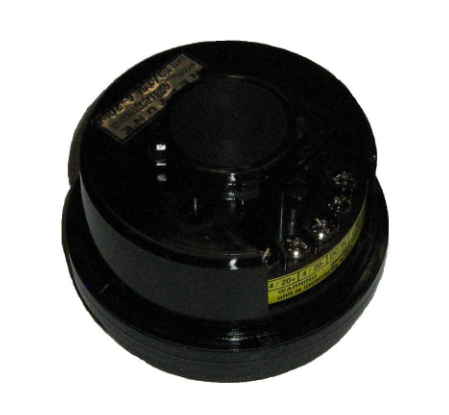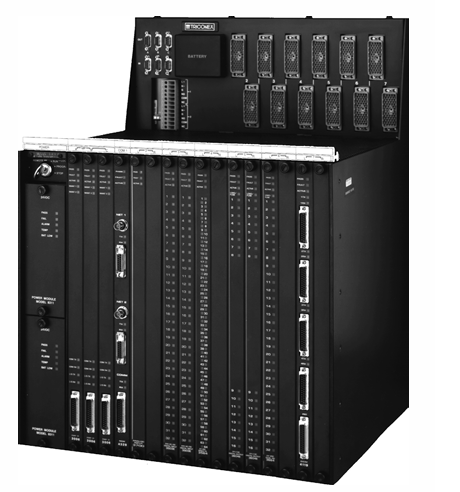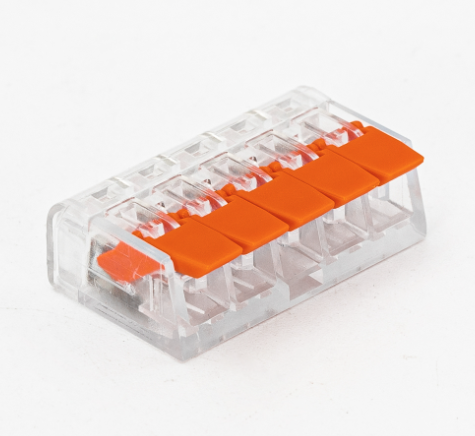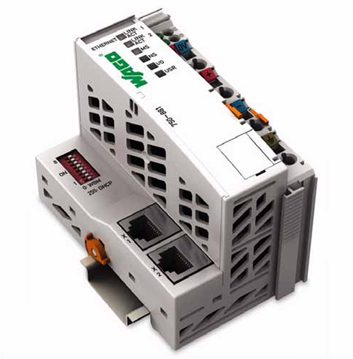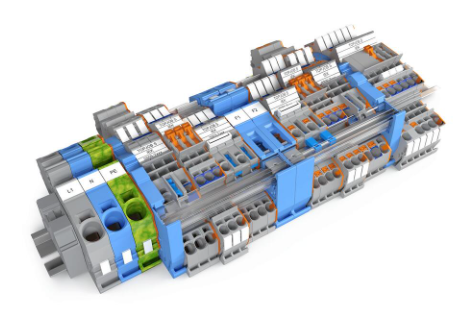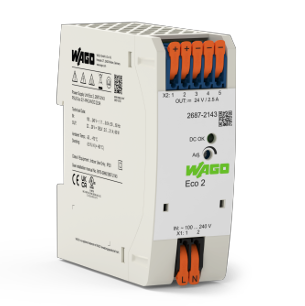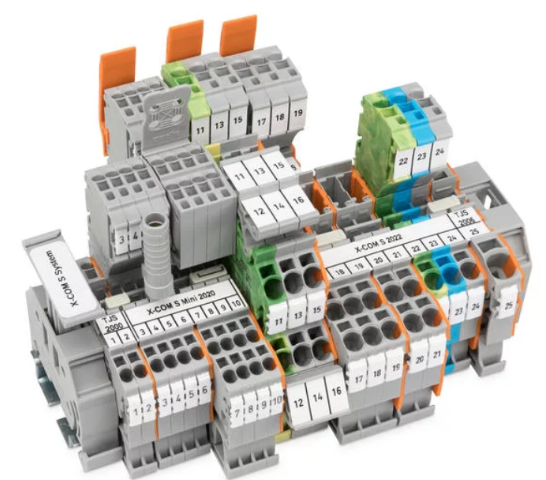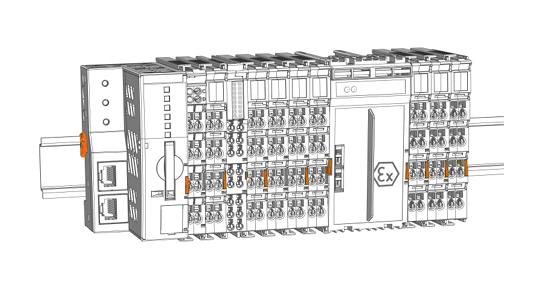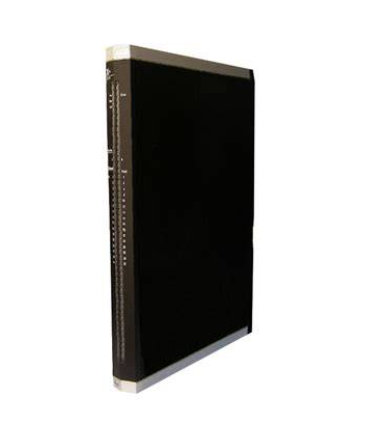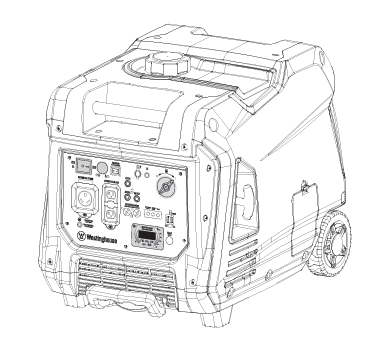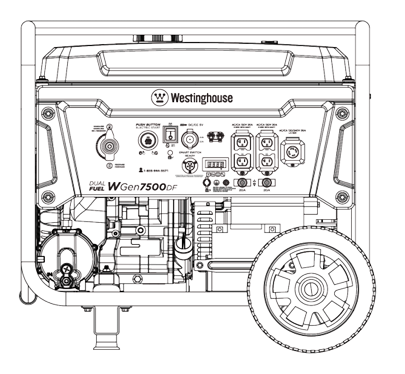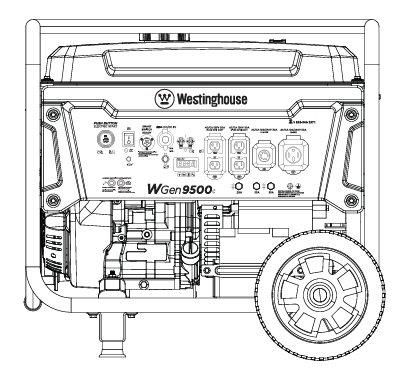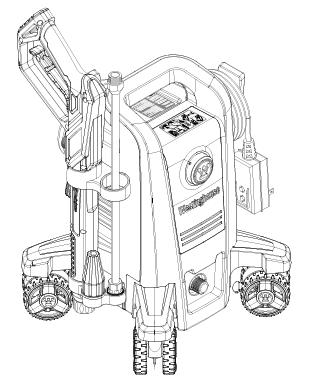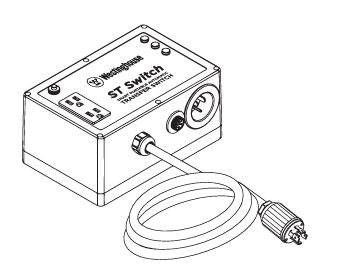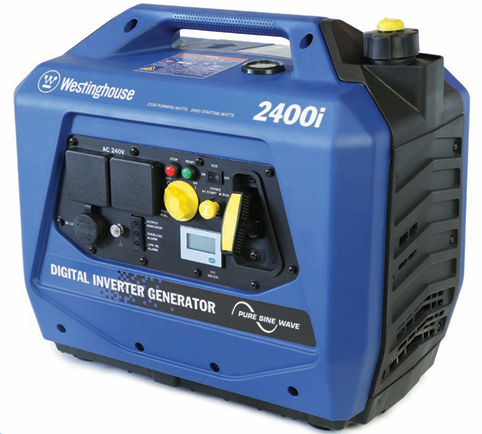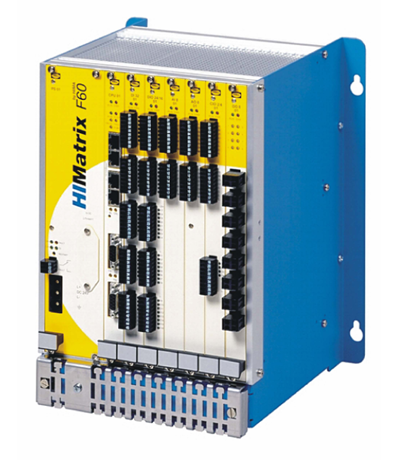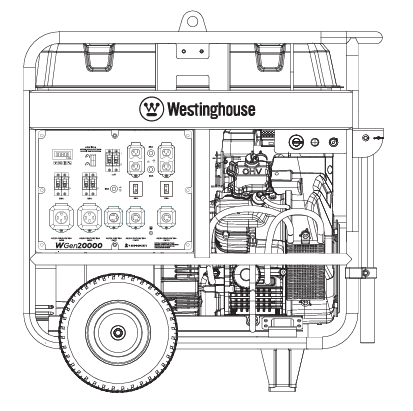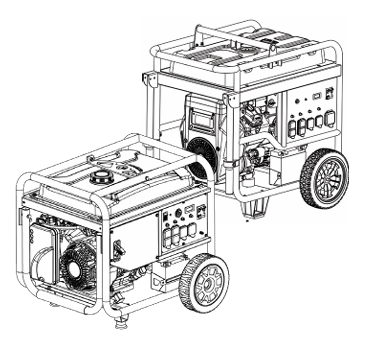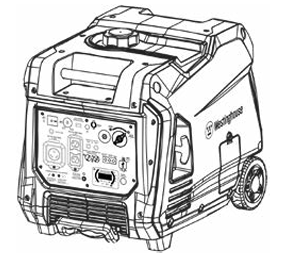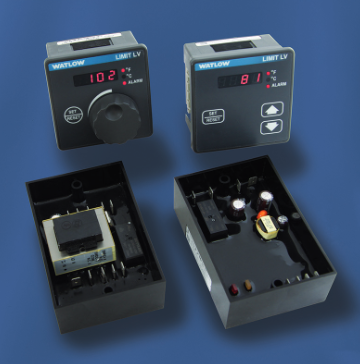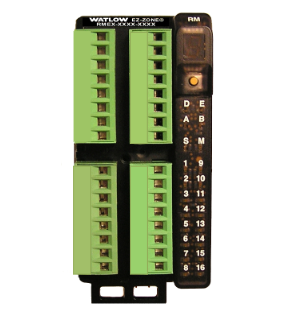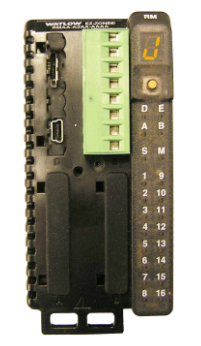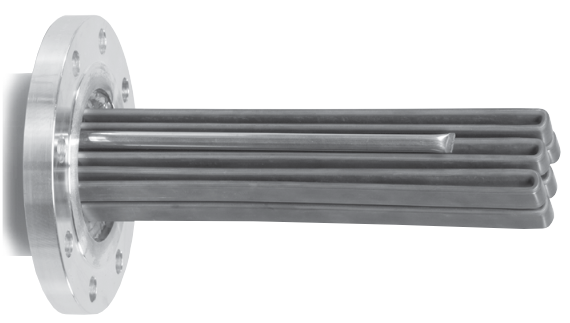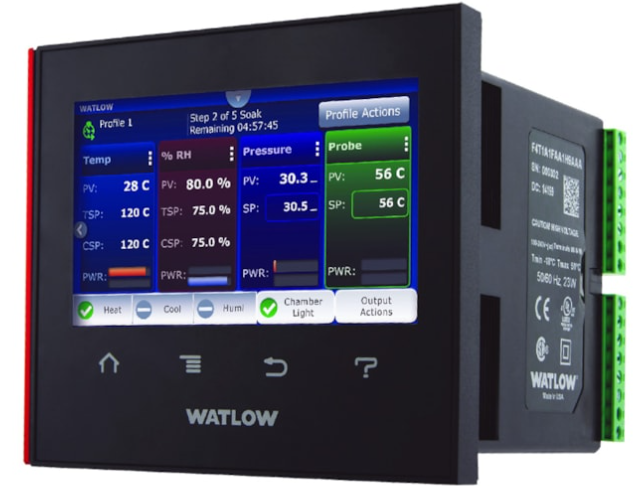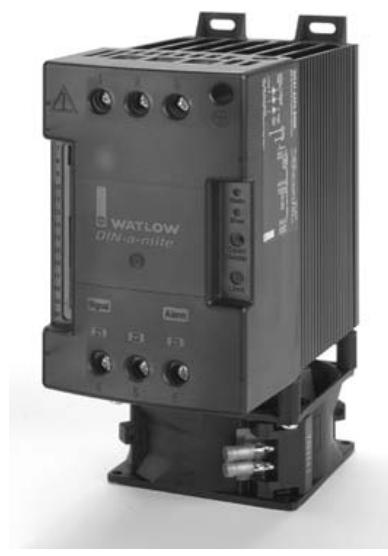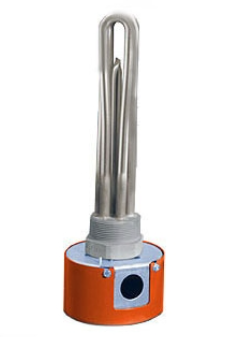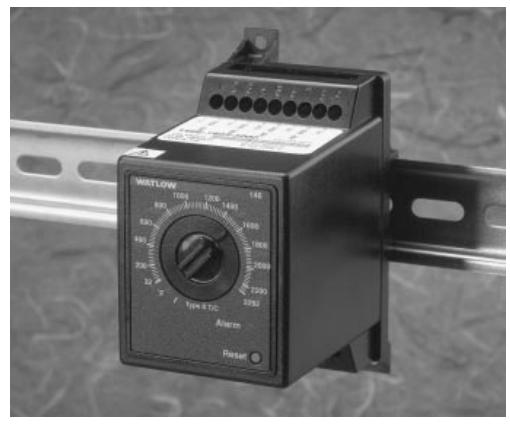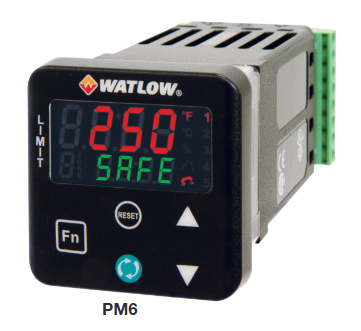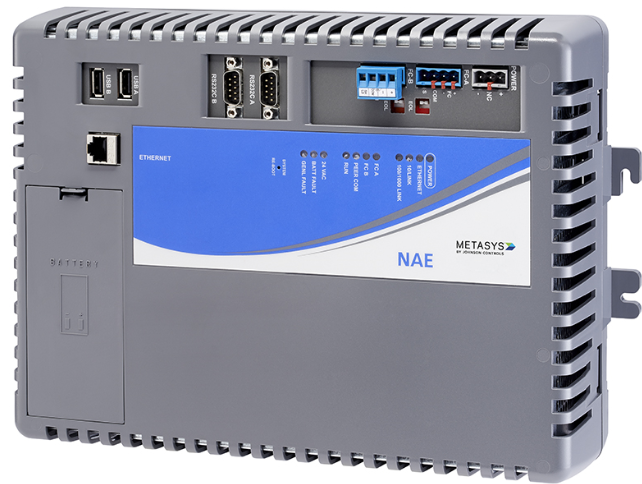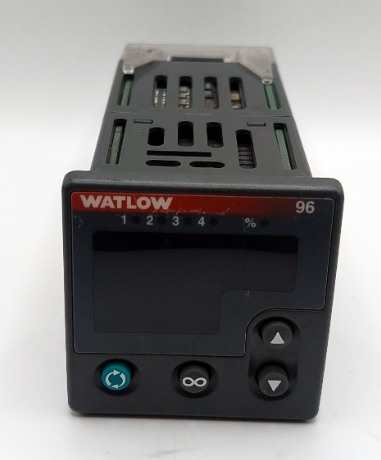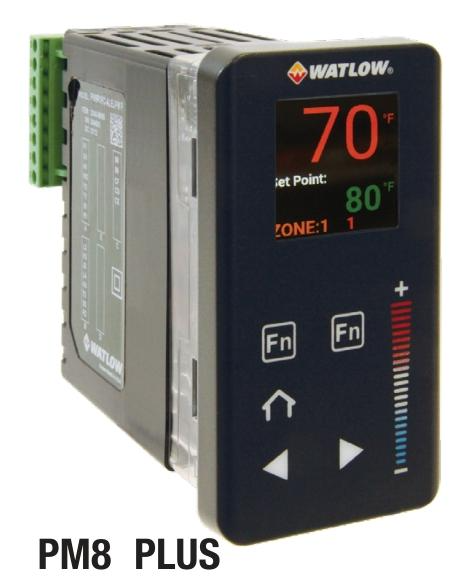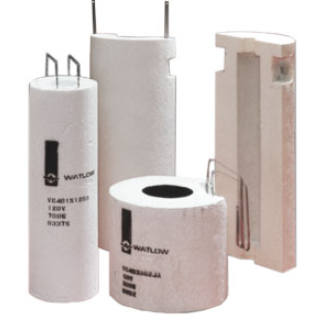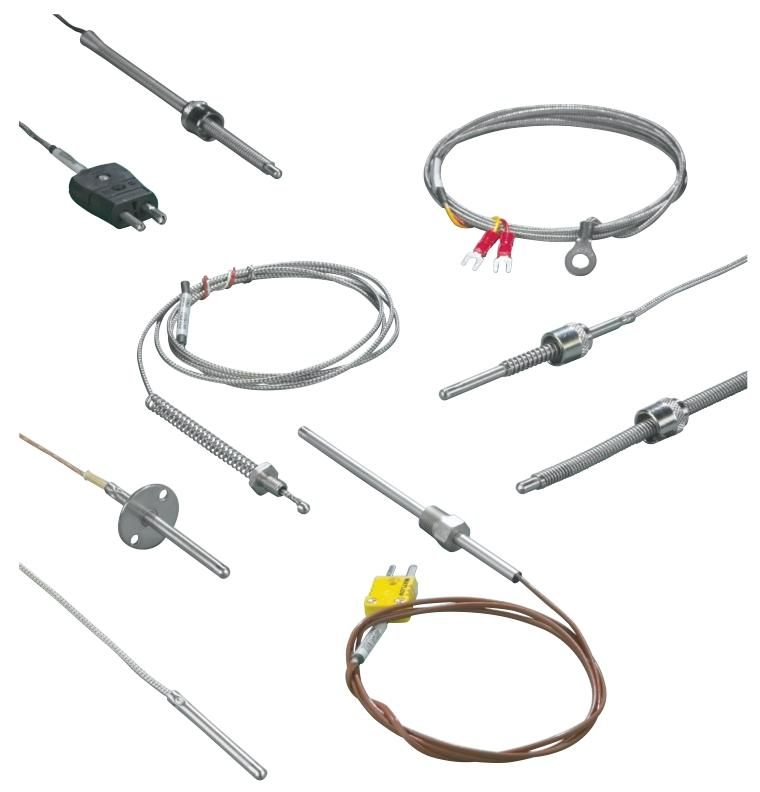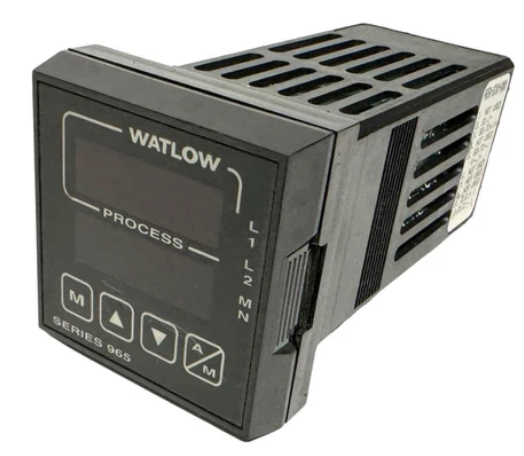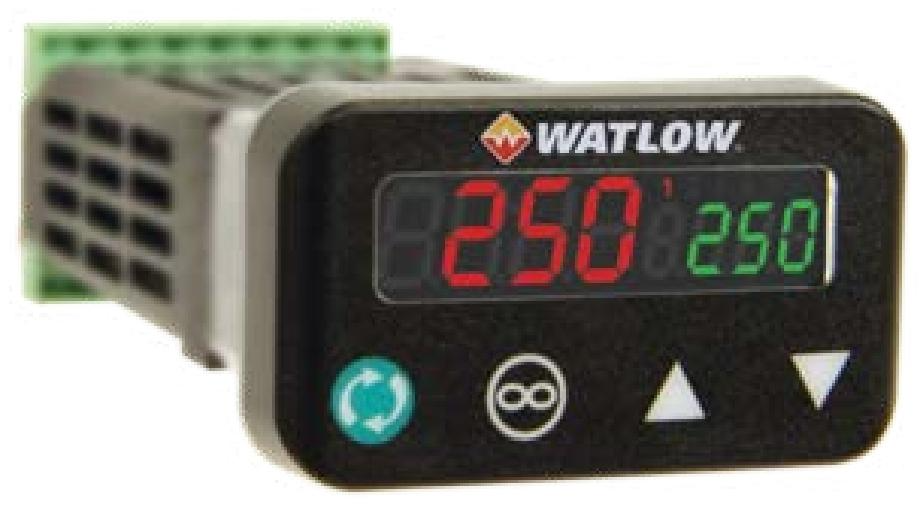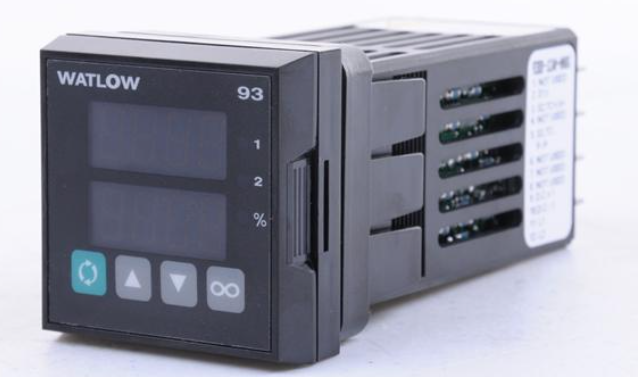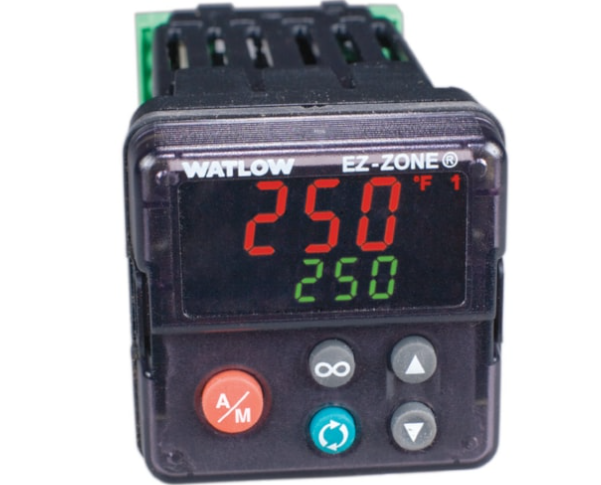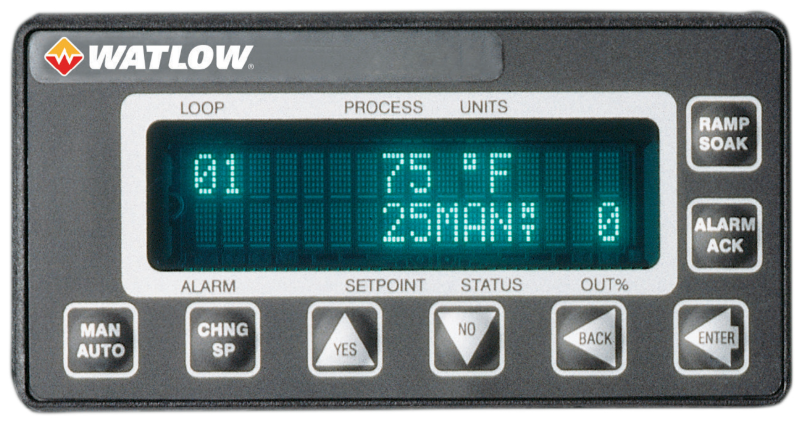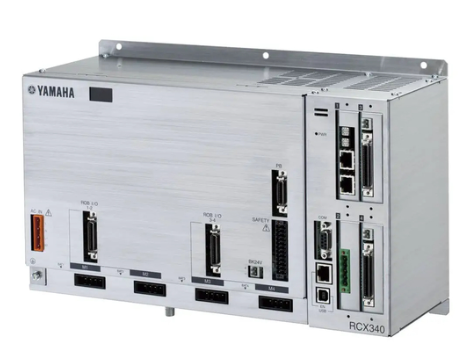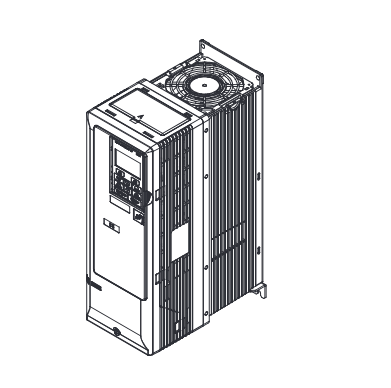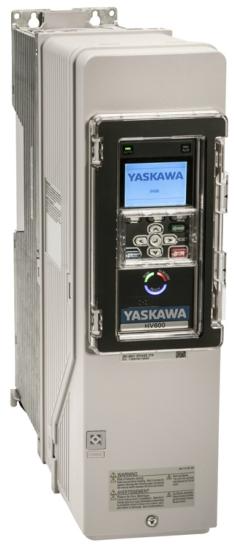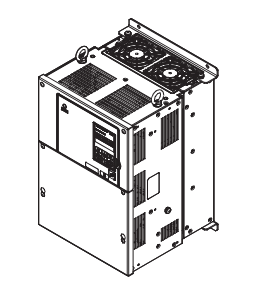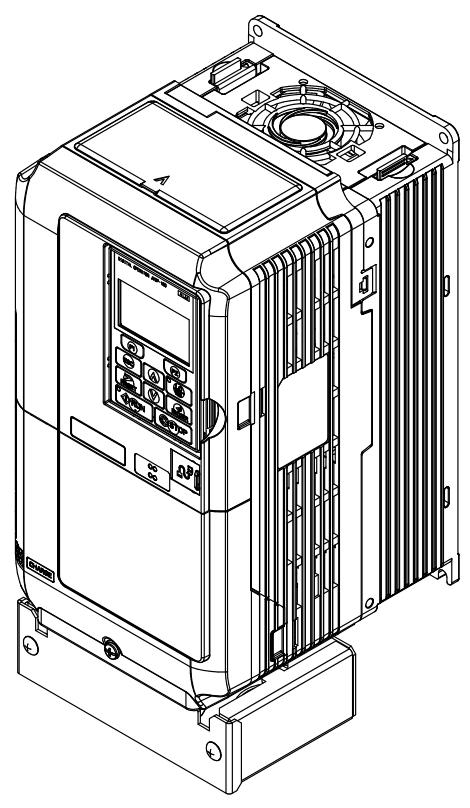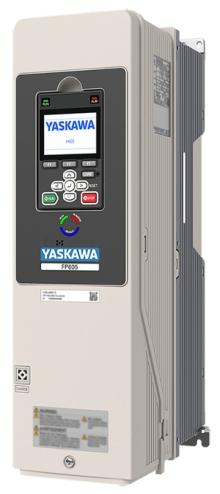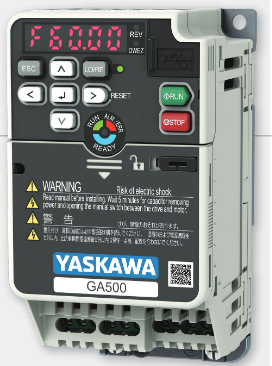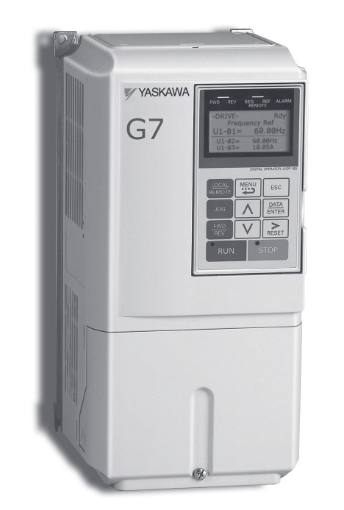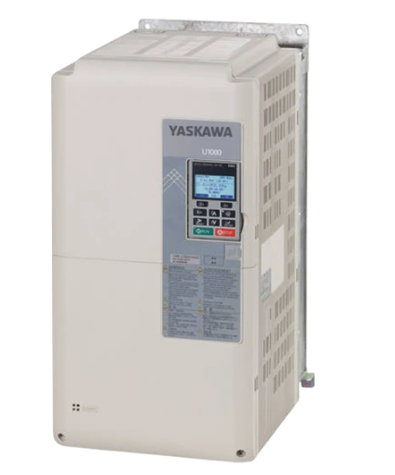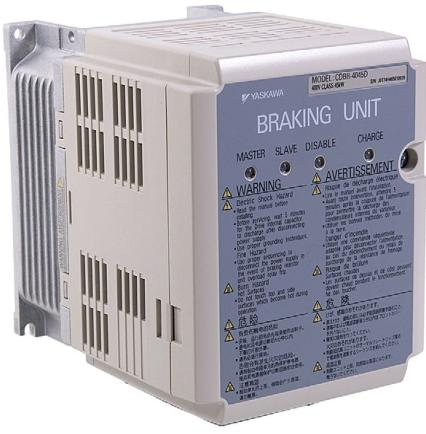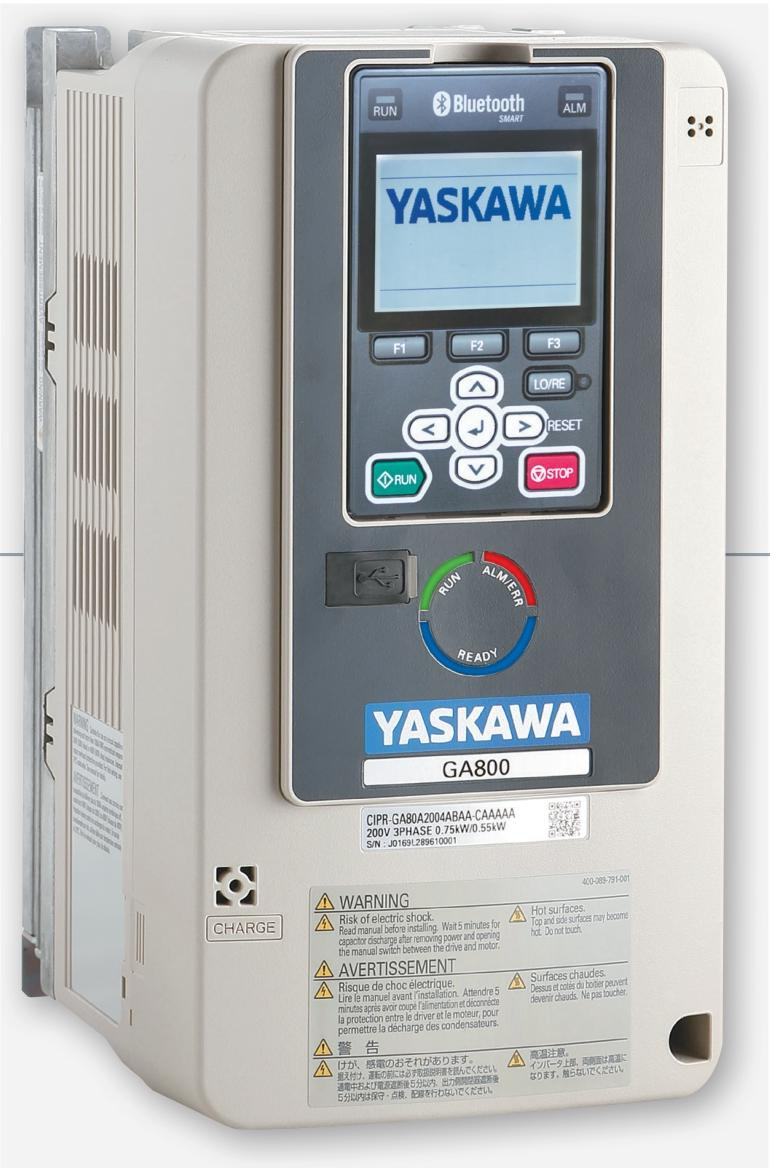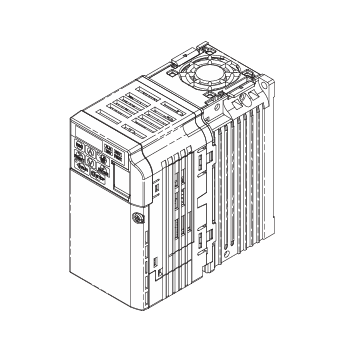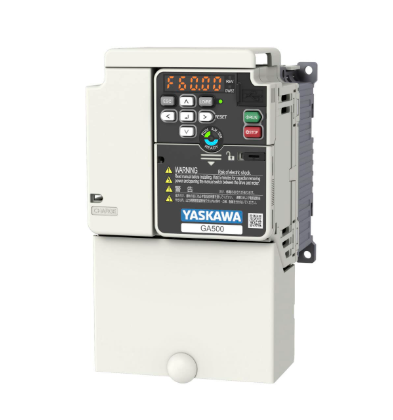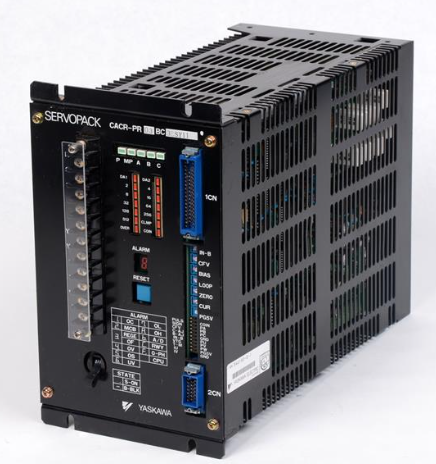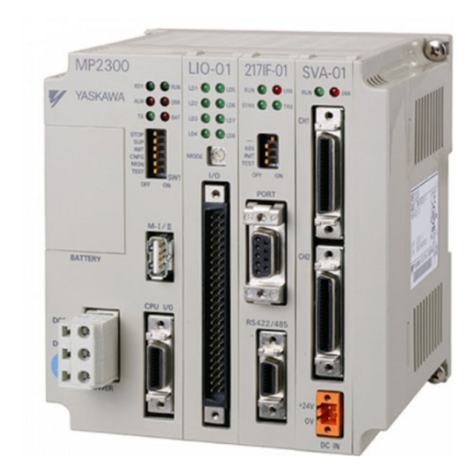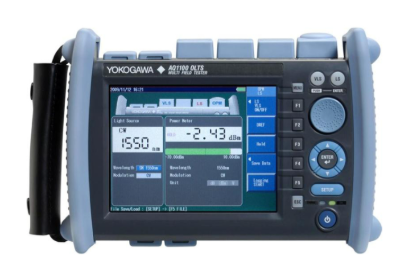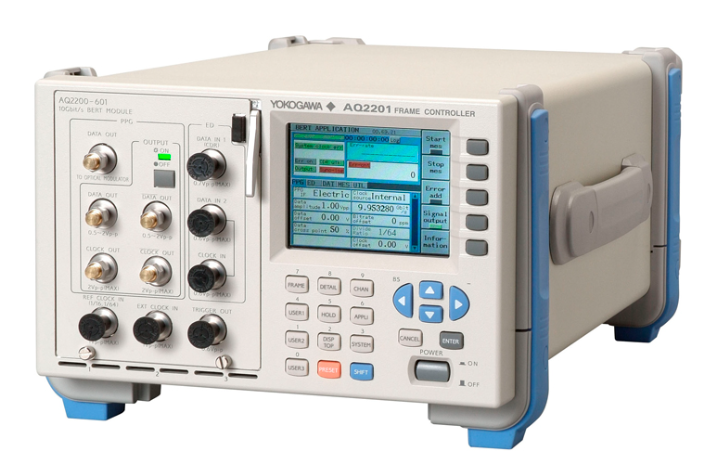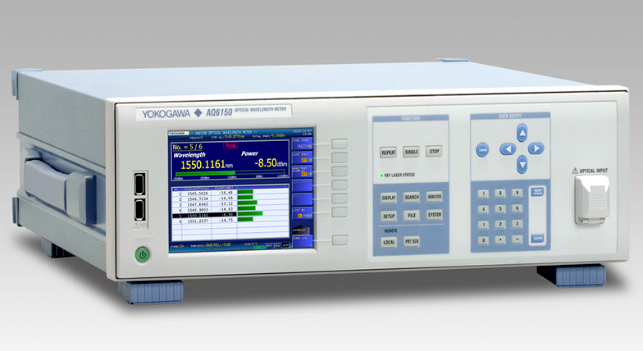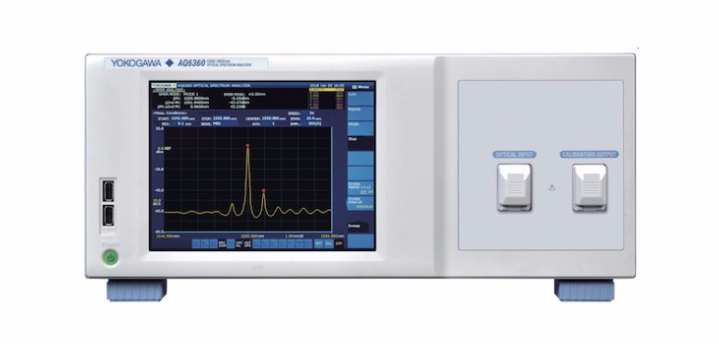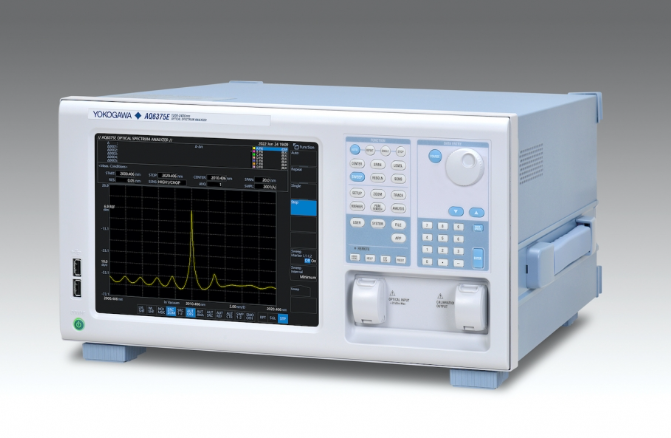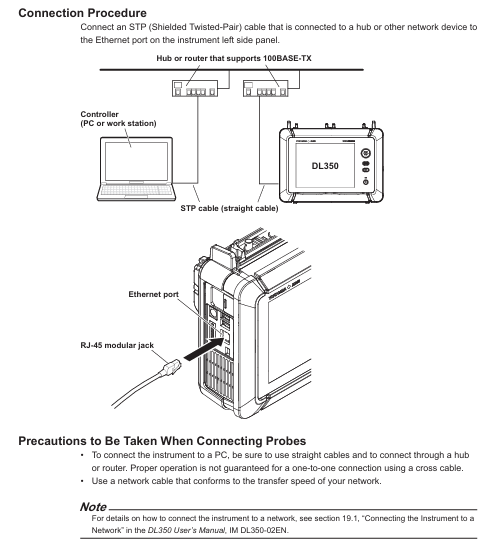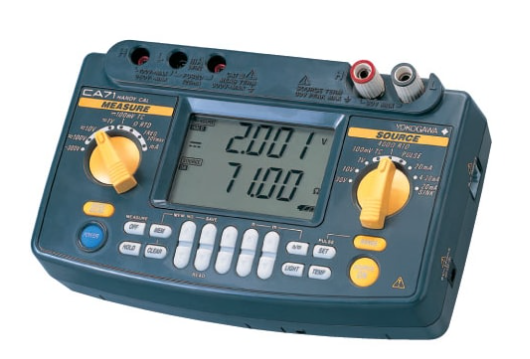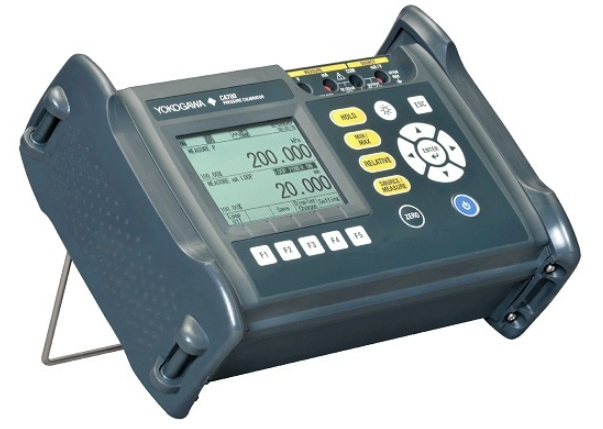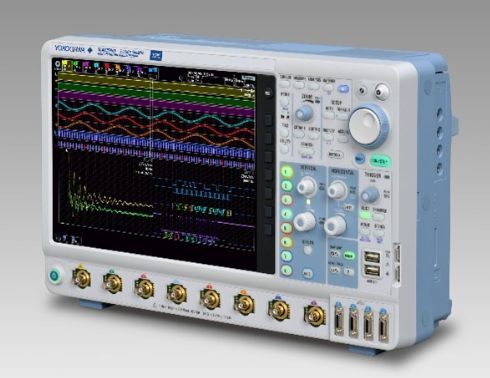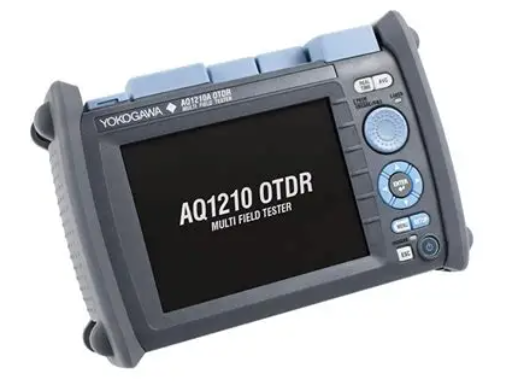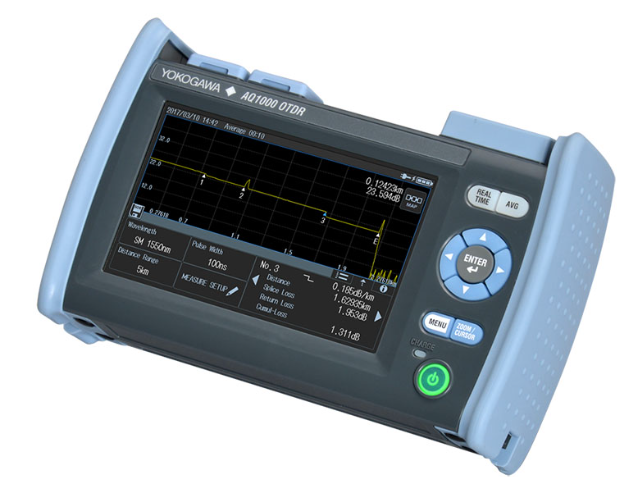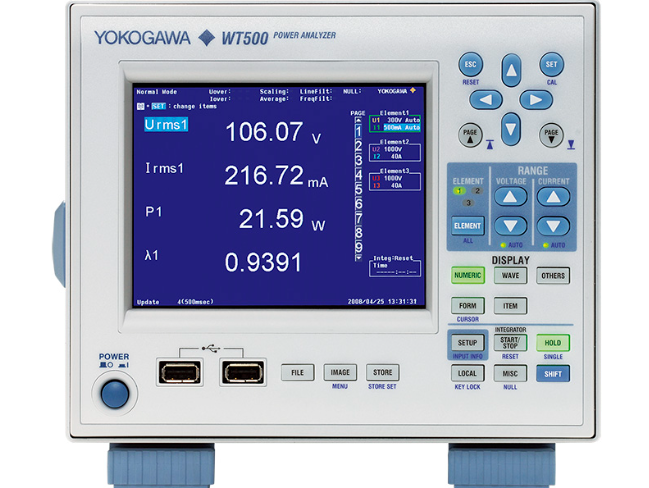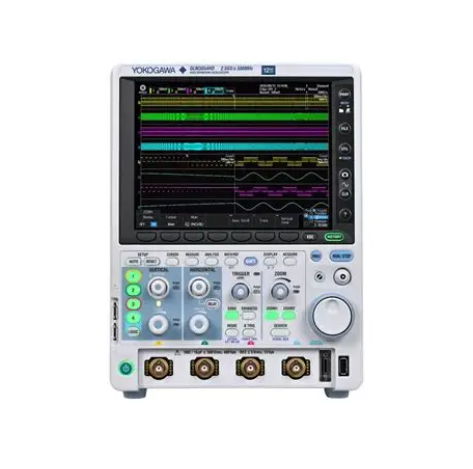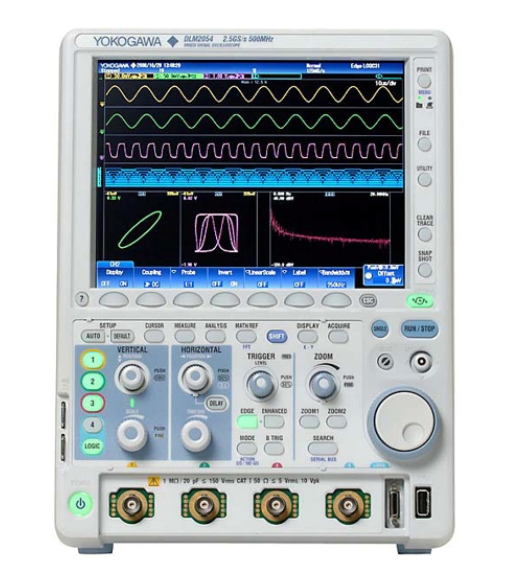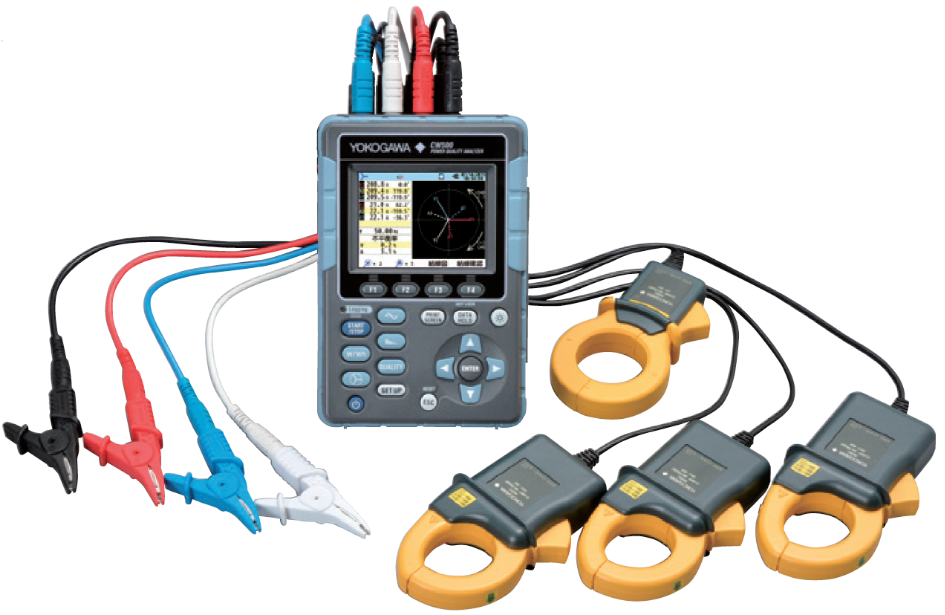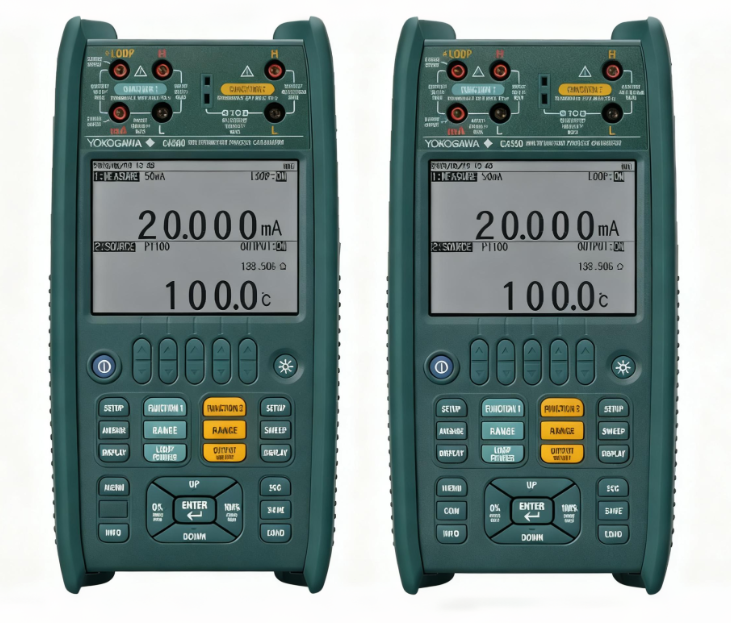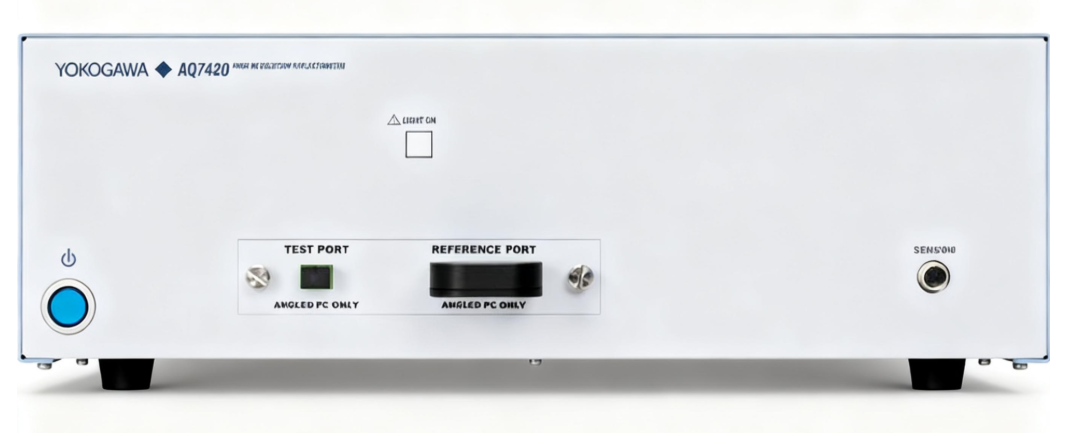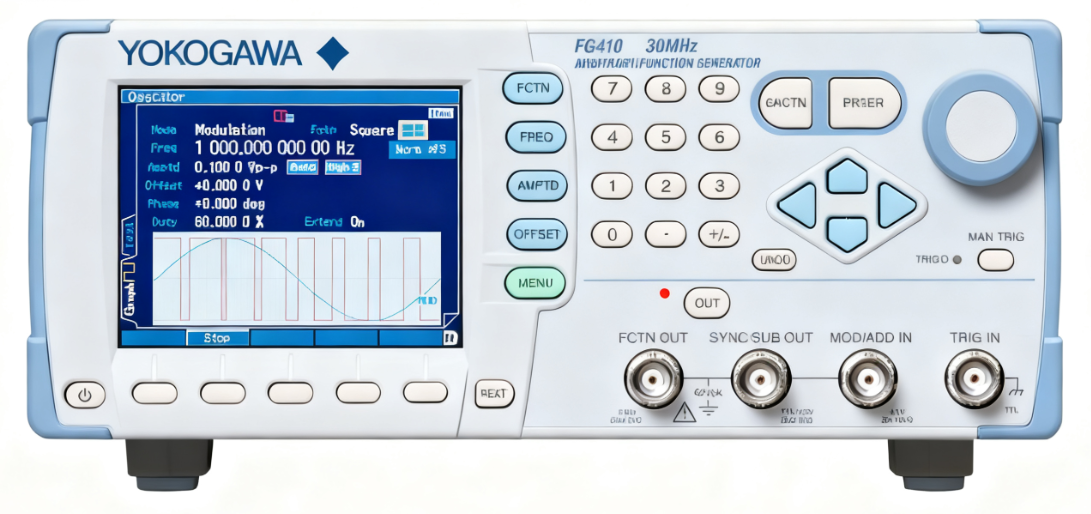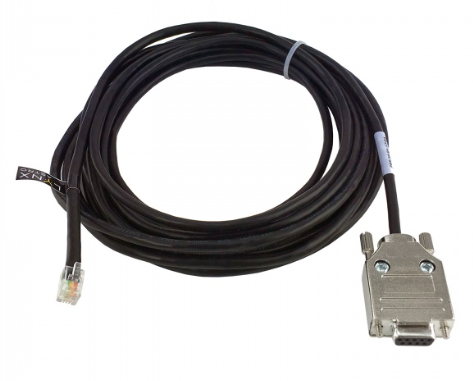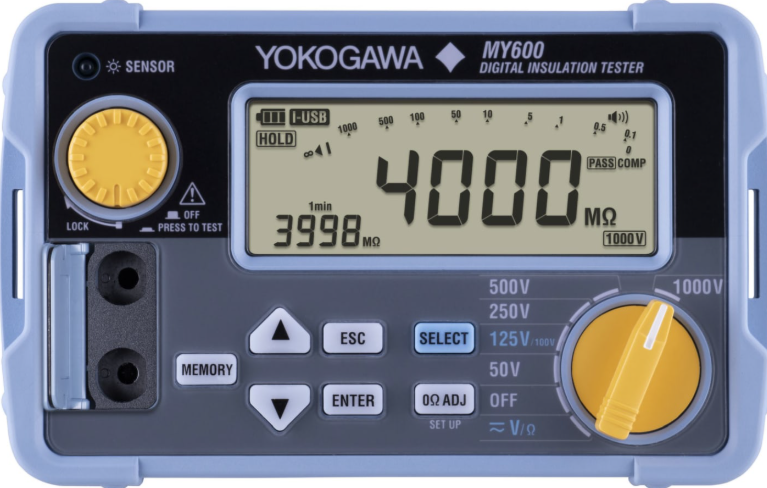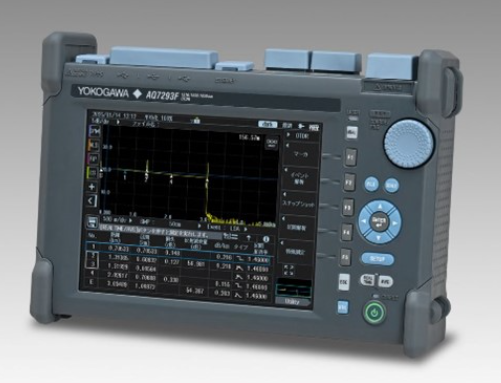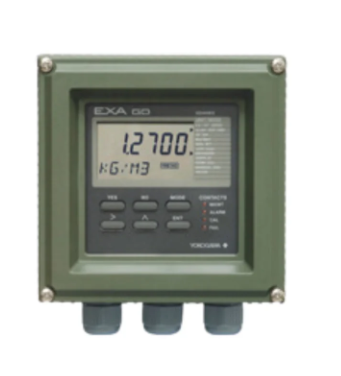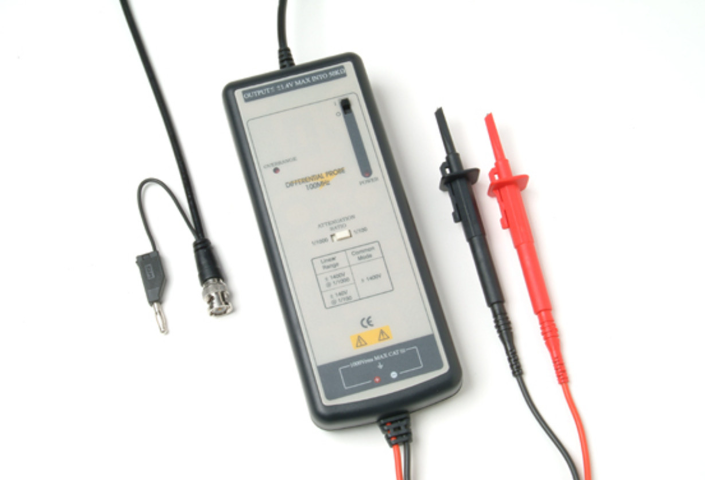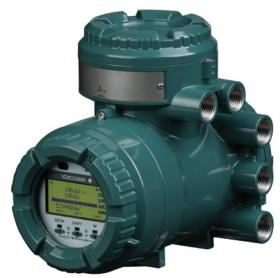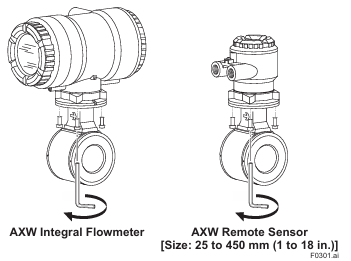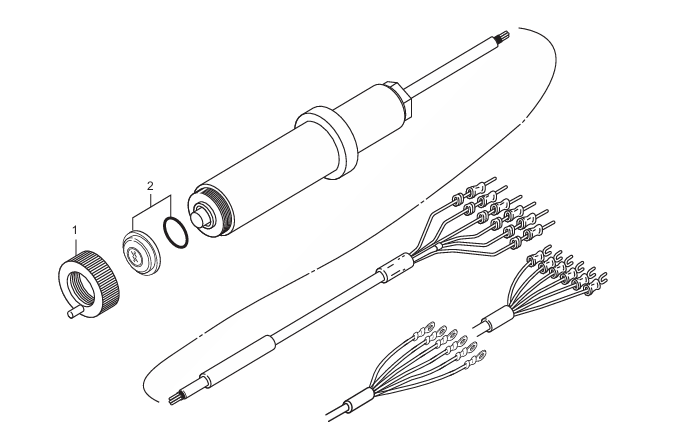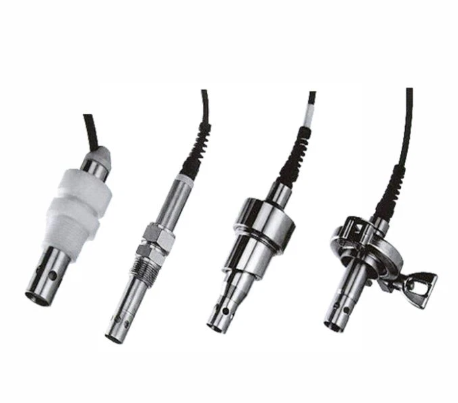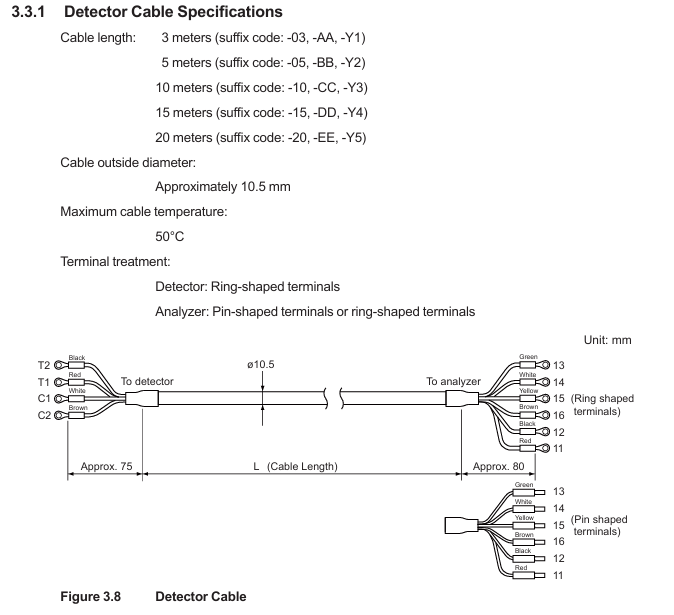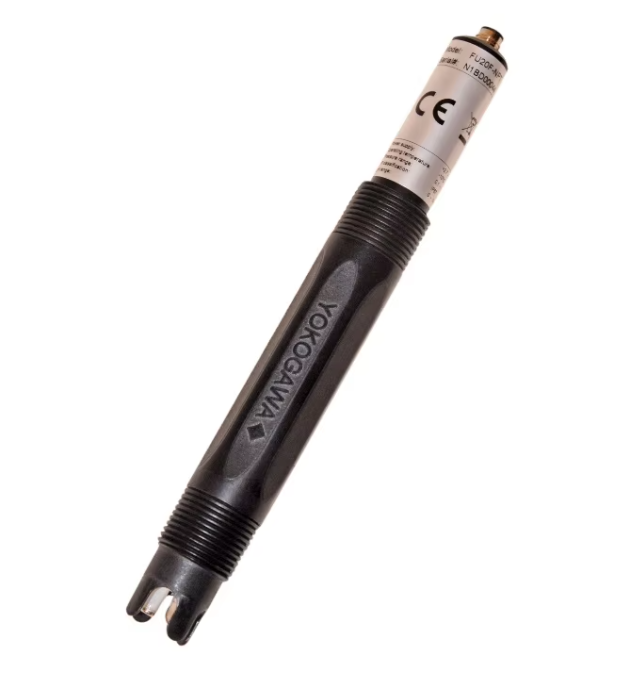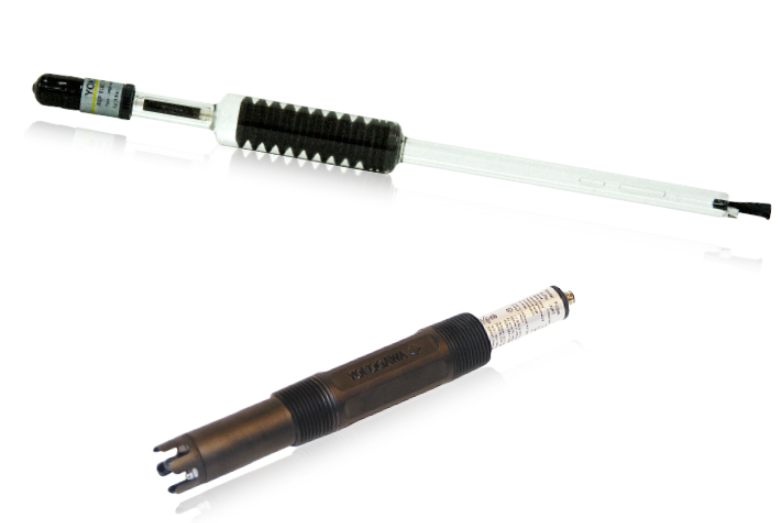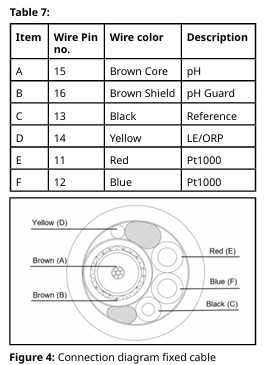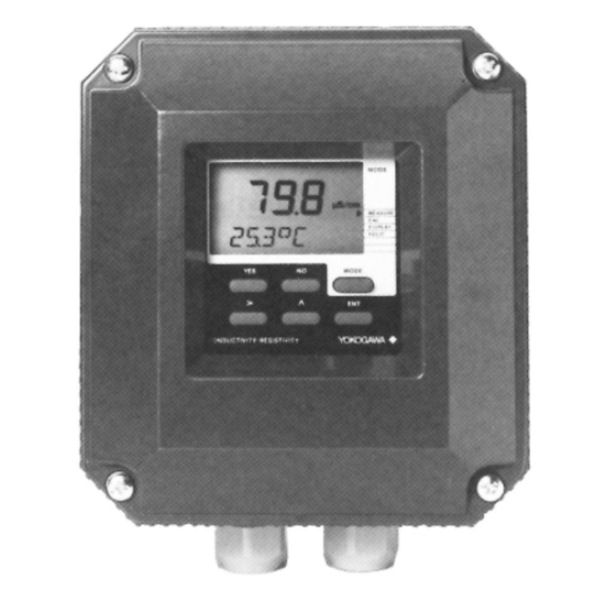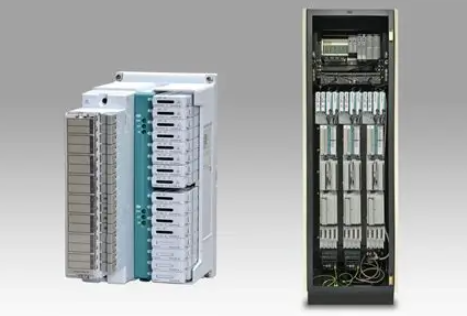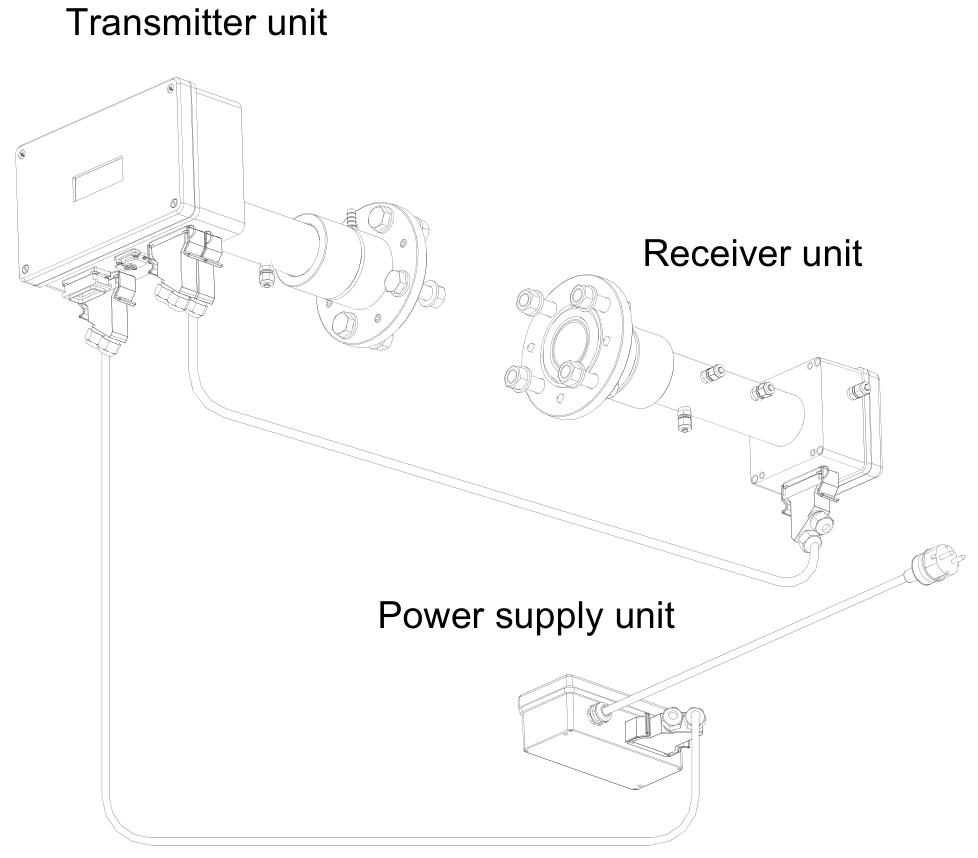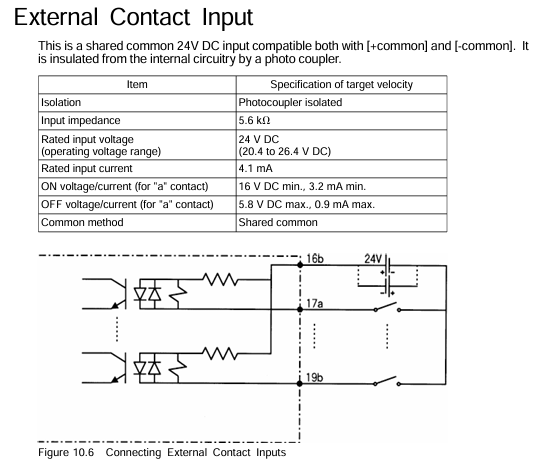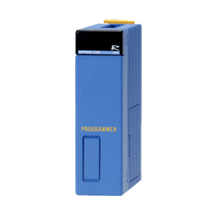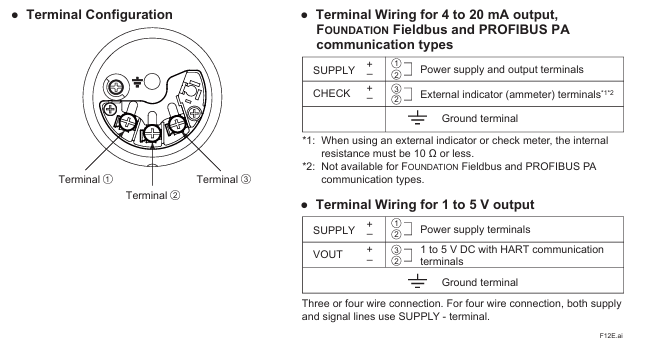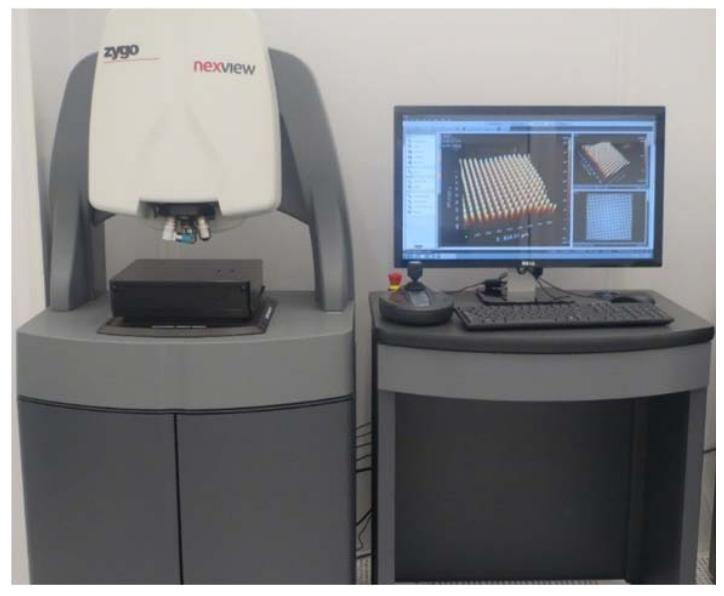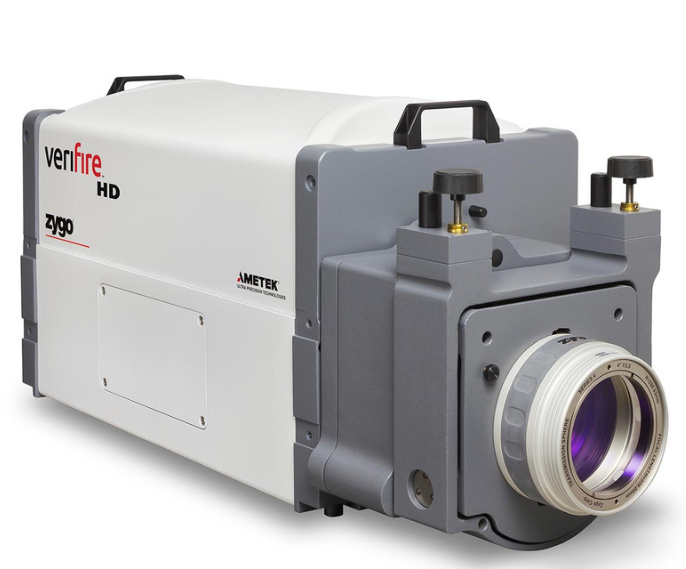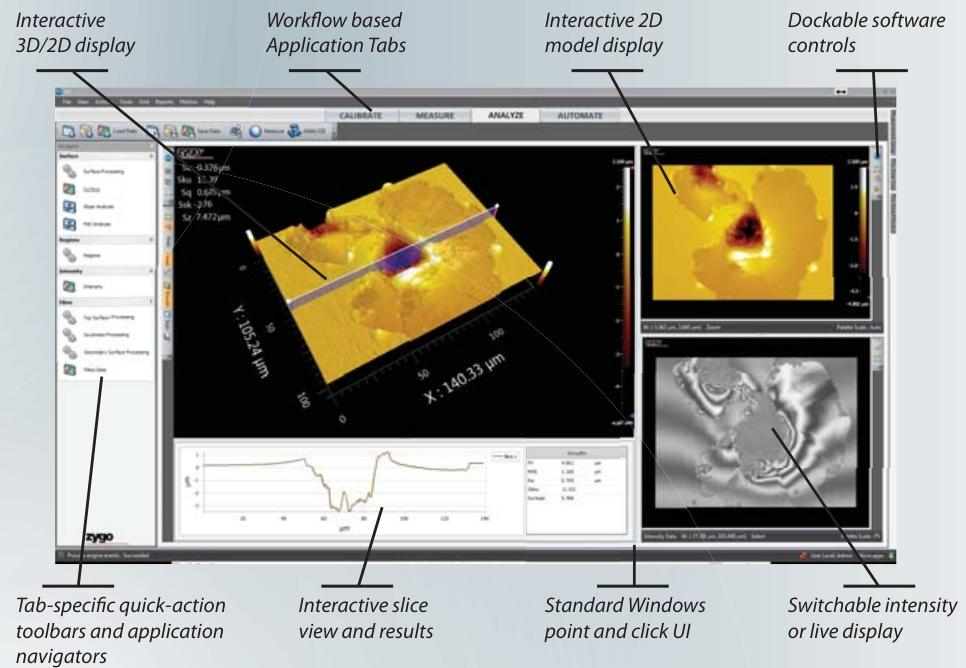

K-WANG
+086-15305925923
Service expert in industrial control field!
Product
Article
NameDescriptionContent
Adequate Inventory, Timely Service
pursuit of excellence


Ship control system
Equipment control system
Power monitoring system
Brand
Description
**ABB UMT162A INTERFACE: Optimized Performance for Power Industry, Petrochemical, and General Automation**
ABB UMT162A INTERFACE - Industrial Control System Module
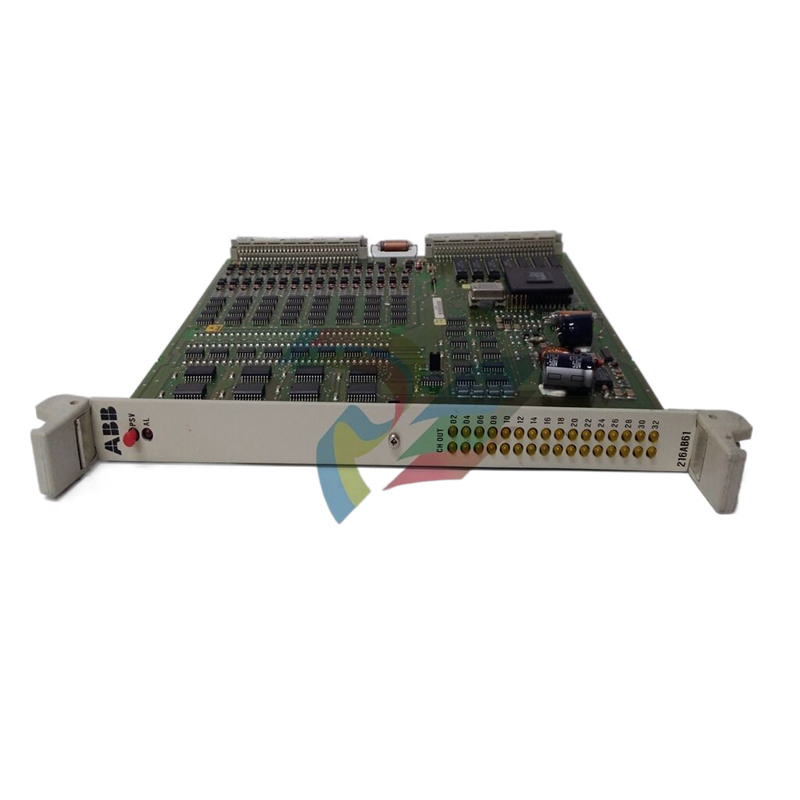
ABB UMT162A INTERFACE - Industrial Control System Module
**ABB UMT162A INTERFACE: Optimized Performance for Power Industry, Petrochemical, and General Automation**
The ABB UMT162A INTERFACE stands as a pivotal component in the landscape of ABB automation products, designed to deliver exceptional performance and reliability across various industrial applications. With its robust input/output capacity and advanced durability metrics, the UMT162A is engineered for demanding environments, making it an ideal choice for professionals in the power industry, petrochemical sectors, and general automation processes.
**Key Technical Features**
The ABB UMT162A INTERFACE boasts a remarkable input/output capacity, supporting extensive data transmission with high-speed communication protocols. Its design incorporates durable materials that withstand harsh operational conditions, ensuring longevity and minimal maintenance. This module features advanced performance metrics, including low latency and high throughput, allowing for seamless integration with other ABB systems.
The UMT162A INTERFACE is equipped with a versatile I/O configuration, providing flexibility for various applications. Its compatibility with existing ABB automation products ensures that users can easily integrate it into their current setups without requiring extensive modifications. The module also features advanced diagnostics and monitoring capabilities, which enhance operational efficiency and facilitate proactive maintenance.
**Real-World Usage Scenarios**
In practical applications, the ABB UMT162A INTERFACE excels in environments requiring reliable communication and control. For instance, in the power industry, it supports real-time monitoring and control of electrical systems, ensuring optimal performance and safety. In petrochemical facilities, the UMT162A interfaces with sensors and actuators to facilitate precise control of processes, enhancing productivity and reducing downtime. In general automation, its versatility allows for integration in assembly lines, packaging systems, and other manufacturing processes, driving efficiency and reducing operational costs.
**Comparison with Other Models**
When compared to other models in the ABB lineup, such as the ABB DC551-CS31 and ABB DSQC609, the UMT162A INTERFACE stands out for its superior input/output capacity and enhanced durability. While the ABB Conceptpower DPA Power Supply Module provides essential power management functions, the UMT162A’s ability to handle complex communication tasks makes it a more versatile choice for interconnected systems.
Furthermore, models like the ABB DDI01 and ABB NTCL01 offer specific functionalities, but the UMT162A INTERFACE provides a comprehensive solution, enabling users to centralize control and monitoring in a single module. This aspect not only simplifies system architecture but also enhances overall performance.
**Complementary Models**
The ABB UMT162A INTERFACE complements a variety of other models that enhance its functionality. The ABB SAFT132CBS, for instance, can work alongside the UMT162A to improve power supply reliability, while the ABB 3BHE005656R0001 | 3BHE005657 I/O Module can facilitate expanded connectivity in automation systems. The ABB 3BSE003389R1 Power Supply Unit ensures that the UMT162A operates efficiently by providing stable power across different applications.
Additionally, the ABB 3HAC025565-001 and ABB 3HAC020529-008 can be integrated to optimize control processes, offering users a robust framework for managing complex operations. The ABB AF38-30-00-13 provides essential feedback mechanisms that enhance the UMT162A’s application in real-time monitoring scenarios.
With its advanced capabilities and integration potential, the ABB UMT162A INTERFACE is an indispensable asset for professionals in the power industry, petrochemical sectors, and general automation. Its unique features and complementary models create a powerful synergy that enhances operational efficiency, safety, and reliability, solidifying its place as a cornerstone of modern industrial automation.

Purchase history
| User name | Member Level | Quantity | Specification | Purchase Date |
|---|
Total 0 Record
Customer Reviews
Satisfaction :
5 Stars
No evaluation information






